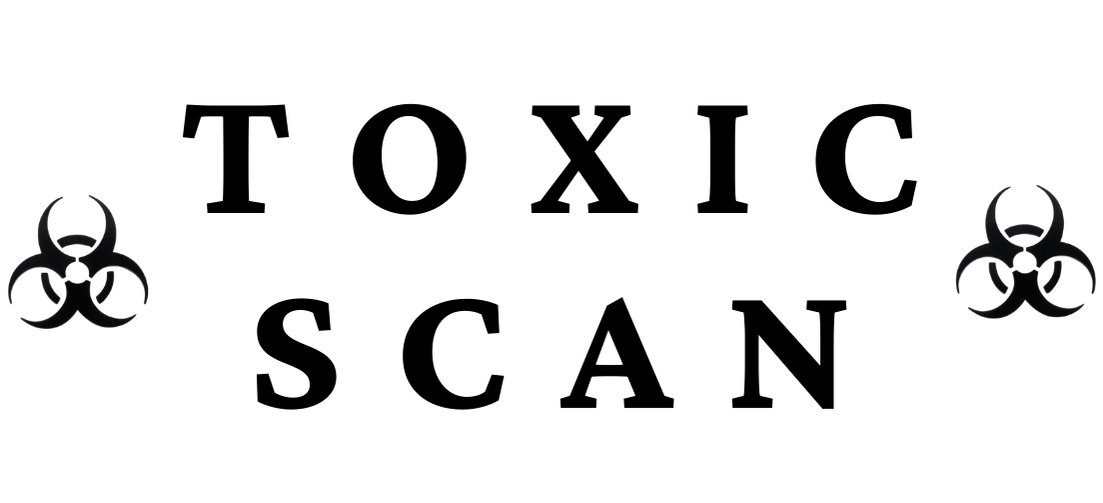E954: Saccharin
E954: Saccharin
What is E954 (Saccharin)?
Saccharin (E954) is the oldest artificial sweetener, discovered in 1879, and is approximately 300-400 times sweeter than sucrose (table sugar). It belongs to the sulfonamide chemical family and is available in several forms, including acid saccharin and its sodium, calcium, and potassium salts. This zero-calorie sweetener has a characteristic bitter or metallic aftertaste, especially at higher concentrations, which has led to its common use in blends with other sweeteners.
Source and Production
Saccharin is entirely synthetic in nature:
- Chemical synthesis: Originally discovered accidentally during coal tar derivative research 2. Modern production processes:
- Toluene method: Starting with toluene which is converted through multiple chemical steps
- Phthalic anhydride method: Using phthalic anhydride as the starting material 3. Commercial forms:
- Saccharin (acid form)
- Sodium saccharin (most common form)
- Calcium saccharin
- Potassium saccharin
The production is entirely industrial and involves no natural extraction or biological processes.
Common Uses in Food
E954 is used in a wide variety of food products, including:
- Diet soft drinks and beverages
- Tabletop sweeteners
- Sugar-free candies and confectionery
- Jams and preserves for diabetics
- Chewing gum
- Baked goods
- Salad dressings
- Cosmetic products (toothpaste, mouthwash)
- Pharmaceuticals (to mask bitter medication tastes)
- Vitamin supplements
Functional Properties in Food
Saccharin offers several functional advantages as a sweetener:
- High sweetness intensity: Provides strong sweetness with minimal quantity
- Stability: Excellent stability under various conditions
- Heat resistance: Withstands high temperatures during cooking and baking
- Long shelf life: Does not break down over time
- Cost-effectiveness: One of the least expensive high-intensity sweeteners
- Zero calories: Not metabolized by the body
- Synergistic effects: Often blended with other sweeteners to improve taste
Health and Safety
Safety Assessment and Controversy
Saccharin has a complex history of safety evaluations:
- 1977 Canadian ban: Banned based on bladder cancer concerns in rats
- 1977-1981 US warning label: Required warning labels due to cancer concerns
- 2000 US delisting: Removed from list of potential carcinogens after further study
- JECFA evaluation: The Joint FAO/WHO Expert Committee on Food Additives established an ADI of 0-5 mg/kg body weight
- EFSA assessment: European Food Safety Authority established the same ADI
Safety Concerns
Several health concerns have been associated with saccharin:
- Bladder cancer in rats: Early studies showed bladder tumors in rats, but the mechanism was later found to be specific to rats and not relevant to humans
- Bitter aftertaste: Not a safety issue but affects palatability
- Allergic reactions: Rare allergic reactions, particularly in individuals with sulfonamide antibiotic allergies
- Sweet taste receptors: Possible effects on gut microbiome and glucose metabolism
- Pregnancy considerations: Ability to cross the placenta led to cautious recommendations for pregnant women
Regulatory Status
The regulatory status of E954 varies globally:
- European Union: Approved as E954 with specific maximum levels
- United States: FDA approved, removed from carcinogen list in 2000
- Canada: Permitted for specific uses after being banned from 1977-2014
- Australia/New Zealand: Approved as food additive 954
- Japan: Approved with limitations
- China: Widely permitted
- India: Permitted with restrictions
Most countries now permit saccharin use with established maximum limits.
Consumer Information
Consumers may find saccharin on labels under various names:
- E954
- Saccharin
- Sodium saccharin
- Calcium saccharin
- Potassium saccharin
- Sweet'N Low (brand name)
- Hermesetas (brand name)
Metabolism and Health Effects
When consumed, saccharin undergoes minimal processing in the body:
- Absorption: Rapidly absorbed in the intestines
- Metabolism: Not metabolized by the body
- Excretion: Primarily excreted unchanged in the urine
- Accumulation: Does not accumulate in the body
- Glycemic impact: Does not affect blood glucose levels
Taste Profile and Consumer Perception
Saccharin has distinct sensory characteristics:
- Rapid onset of sweetness: Quick sweet taste perception
- Bitter/metallic aftertaste: Especially at higher concentrations
- Synergistic blending: Often mixed with other sweeteners to minimize aftertaste
- Historical associations: Some consumers associate it with artificial or "diet" products
- Consumer familiarity: One of the most recognized artificial sweeteners due to its long history
Alternatives to E954
For those looking to avoid saccharin, alternative sweeteners include:
-
Natural high-intensity sweeteners:
- Stevia (E960)
- Monk fruit extract
- Thaumatin (E957)
-
Other artificial sweeteners:
- Aspartame (E951)
- Sucralose (E955)
- Acesulfame K (E950)
-
Nutritive sweeteners:
- Sugar alcohols like erythritol (E968) and xylitol (E967)
- Regular sugar for those not requiring calorie reduction
Historical Significance
Saccharin has unique historical importance:
- Discovery: Accidentally discovered in 1879 by Constantin Fahlberg
- World War shortages: Gained popularity during sugar shortages in World Wars I and II
- Early diet products: Pioneer ingredient in early diet food development
- Regulatory landmark: One of the first food additives to undergo extensive safety testing
- Cancer controversy: Central to important debates about food safety regulation
Conclusion
E954 (Saccharin) is one of the oldest and most studied artificial sweeteners available. Its moderate toxicity rating of 3 reflects its complex regulatory history and the controversies that have surrounded it, though current scientific consensus generally supports its safety at approved consumption levels. The early concerns about bladder cancer have been largely dismissed as specific to rats and not applicable to humans. However, its bitter aftertaste and the availability of newer sweetener alternatives have somewhat reduced its standalone use. For consumers seeking zero-calorie sweetening options, saccharin represents a well-established choice with a long history of use, though many prefer it in blends that minimize its characteristic aftertaste.
